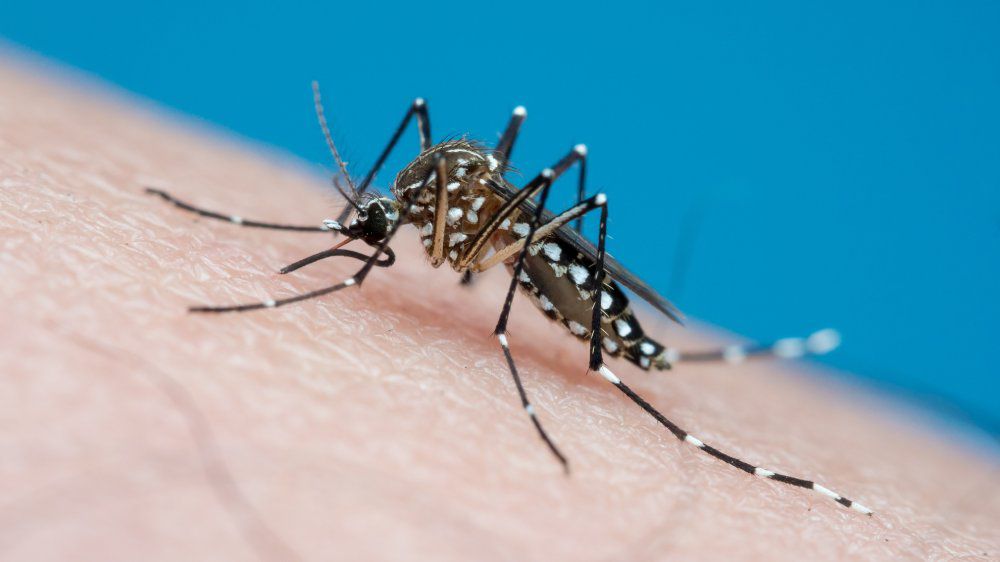HONOLULU — An individual from Oahu who traveled to an area where dengue is known to be prevalent has been confirmed by the Hawaii Department of Health to have the viral infection.
Hawaii DOH has now confirmed five travel-related cases of dengue in the state in 2024 — one on Maui and four on Oahu. Multiple regions around the world where individuals have traveled are experiencing higher-than-normal dengue activity.
Dengue symptoms range from mild to severe depending on the individual and include fever, nausea, vomiting, rash and body aches. They typically last two to seven days and though severe and even life-threatening illness can occur, most people recover after about a week, according to Hawaii DOH.
If anyone has recently traveled to an area where dengue is common and are experiencing these symptoms, Hawaii DOH urges them to contact their health care provider.
The dengue virus spreads locally when a mosquito bites an infected person then bites a non-infected person. Mosquitoes in Hawaii can carry dengue, but the disease has not been established in the state; recent cases have only been found among travelers.
Dengue outbreaks occur in areas such as Central and South America, Asia (including the Republic of the Philippines), the Middle East, Africa and some Pacific Islands, including the U.S. territories of American Samoa, the Federated States of Micronesia, the Republic of Marshall Islands, Republic of Palau, as well as in popular tourist destinations in the Caribbean, including Puerto Rico.
When traveling to areas with dengue, the Centers for Disease Control advises travelers to take precautions such as using an Environmental Protection Agency-registered insect repellent, wearing long-sleeved shirts and long pants when outdoors, and sleeping in an air-conditioned room or a room with window screens or under an insecticide-treated bed net.
Hawaii DOH recommends travelers review country-specific travel information for up-to-date guidance on dengue risks and prevention measures four to six weeks before traveling. Those returning home from dengue areas should take steps to prevent mosquito bites for three weeks. See medical attention if dengue symptoms develop within two weeks after returning.
Hawaii DOH personnel from the Vector Control Branch inspect areas with confirmed cases of dengue and take mosquito-reducing action since reducing mosquito populations lessens the chances of dengue being transmitted to other people in the area.
Mosquitoes only need small amounts of standing water to breed, so getting rid of water in buckets, water-catching plants such as bromeliads, small containers, planters, rain barrels and cups left outside is good practice.
Sarah Yamanaka covers news and events for Spectrum News Hawaii. She can be reached at sarah.yamanaka@charter.com.




